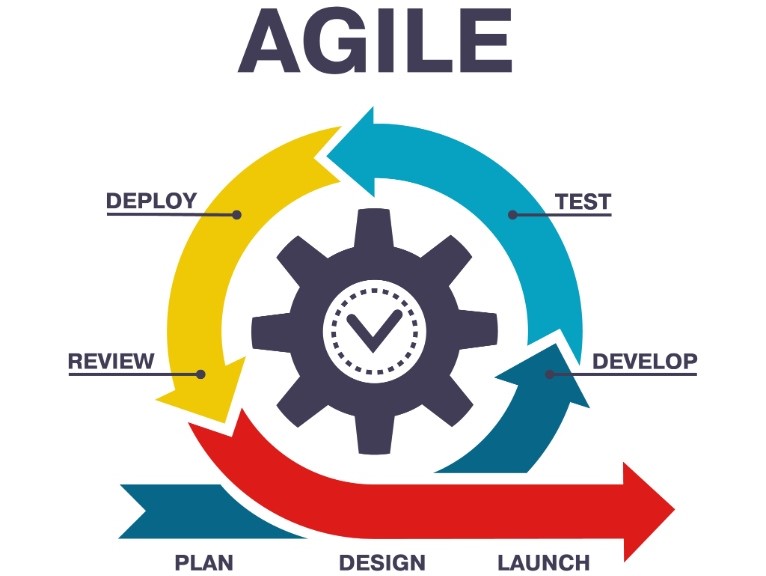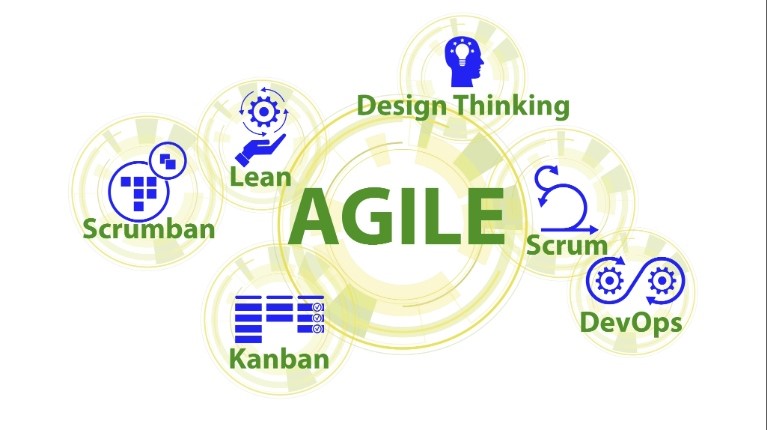How To Identify The Best Agile Project Management Software

Every team has faced the same moment: the endless scroll through comparison sites, product pages, and reviews, all promising the perfect Agile platform. One tool emphasizes speed, another leans on dashboards, and a third promises flexibility that somehow seems rigid once you explore further. The choice feels less like an opportunity and more like a maze.
Agile was never meant to be complicated. At its core, Agile is about people collaborating to deliver value efficiently and quickly adapting to change. The best Agile project management software makes collaboration feel natural and keeps goals in focus.
Instead of searching for a one-size-fits-all solution, the smarter path is to identify what your teams actually need to thrive. Once you know that, the right tool becomes obvious because it helps your people do their best work.
Finding the Best Agile Project Management Software
Teams often begin their search by comparing feature checklists or examining what their competitors use. That can be useful, but it skips the critical step of asking why you need the tool in the first place.
Agile platforms are more than digital task boards. They serve as a shared environment where strategy connects with execution. Backlogs are transformed into sprints, and collaboration becomes visible to everyone.
The best Agile software helps you accelerate results while reducing friction. It offers flexibility to support Scrum, Kanban, or hybrid frameworks. It creates alignment across business objectives and minimizes the risk of miscommunication. Most importantly, it supports people to spend less time wrestling with systems and more time delivering value.
Begin with Target Outcomes
Every Agile journey starts with defining outcomes. A technology group focused on sprint velocity needs reporting tools that track throughput and performance. A marketing team juggling unpredictable campaigns needs flexibility to handle ad hoc work. Leaders should work with their teams to list desired outcomes before comparing platforms.
This exercise prevents the adoption of flashy software that looks impressive in a demo but falls short in practice. It also accelerates the selection process because you can eliminate tools that don’t align with your objectives early. When outcomes guide the decision, the platform becomes a partner in your transformation rather than a distraction.
Keep It Simple and Adaptable
Agile works best in fast-paced environments, so your project management software must keep up. Tools that demand heavy setup or constant upkeep slow teams down and hurt productivity. The best options balance simplicity with capability through intuitive design, flexible workflows, and automation.
Agile ceremonies like standups, reviews, and retrospectives rely on fast access to real-time information. Suppose a tool slows down; its value drops. When it naturally fits into the team’s workflow, it speeds up discussions and improves decision-making. Ease of use is the key to lasting adoption.
Value Team Preferences
Agile puts people at the center. This extends to how teams choose their tools. When employees struggle with a platform’s navigation or design, they will resist using it. It can lead to fragmented workflows and missed opportunities for collaboration. Involving team members in the decision increases engagement and adoption.
Different stakeholders often need other features. Product managers may prioritize backlog prioritization. Designers might care most about visual task boards. Developers usually look for integration with CI/CD pipelines. Marketing groups need flexibility for ad hoc requests. Listening to these perspectives and experimenting together builds collective ownership of the choice.
Put Visibility at the Core
Agile breaks down when work is hidden. Visibility creates transparency, accountability, and alignment. The best Agile project management software gives every team member a clear view of progress, blockers, and dependencies. This helps individuals understand how their contributions fit into the broader picture, while also supporting leadership in connecting tactical work to strategic goals.
Visibility across departments strengthens cross-functional collaboration. When engineering, product, and marketing share a single source of truth, decisions occur more quickly and teams adapt more effectively to change. Software that promotes transparency creates the conditions for agility to scale across the enterprise.
Beyond the Buzzwords
The popularity of Agile has created a wave of marketing hype. A lot of platforms claim to support digital transformation, but only a few actually deliver on this promise. Leaders must move beyond the buzzwords and assess whether the tool improves real-world agility. Does it align with business objectives? Does it integrate with enterprise systems? Does it scale across teams, departments, and geographies?
True agility requires tools that connect the dots between strategy and execution. Enterprise Agile planning tools offer visibility from the executive suite down to the sprint team. They integrate workflows across functions, provide analytics for better decision-making, and help organizations adapt to constant change.
Scaling Agility Across the Enterprise
Agile began as a software development practice, but today it powers the entire business. Finance teams use it to manage budgets with more adaptability. HR uses it to refine recruiting processes. Marketing applies it to run campaigns with speed and flexibility. As agility expands across the enterprise, organizations need software that adapts to each department without creating silos.
Agile project management solutions that scale horizontally across the organization allow different teams to adopt their preferred frameworks. Meanwhile, they can still connect to the same enterprise platform.
Build Agility that Lasts
The best Agile project management software is not defined by flashy features or the number of integrations it offers. It is determined by how well it helps your people work together toward meaningful outcomes.
The right platform accelerates delivery, strengthens alignment, and adapts to real-world complexity. It supports Scrum, Kanban, or hybrid models without forcing a single path. It creates transparency that drives accountability and supports teams to work.
At Radus Software LLC, we built Metronome with this philosophy in mind. Our AI-powered collaboration suite helps organizations reduce risk, optimize execution, and scale agility across the enterprise. Metronome makes agility practical, intuitive, and sustainable.
Want to transform how your teams work and discover how agility can scale across your business? We would love to show you how Metronome makes it possible. Request a demo today and discover how our platform supports digital transformation.



